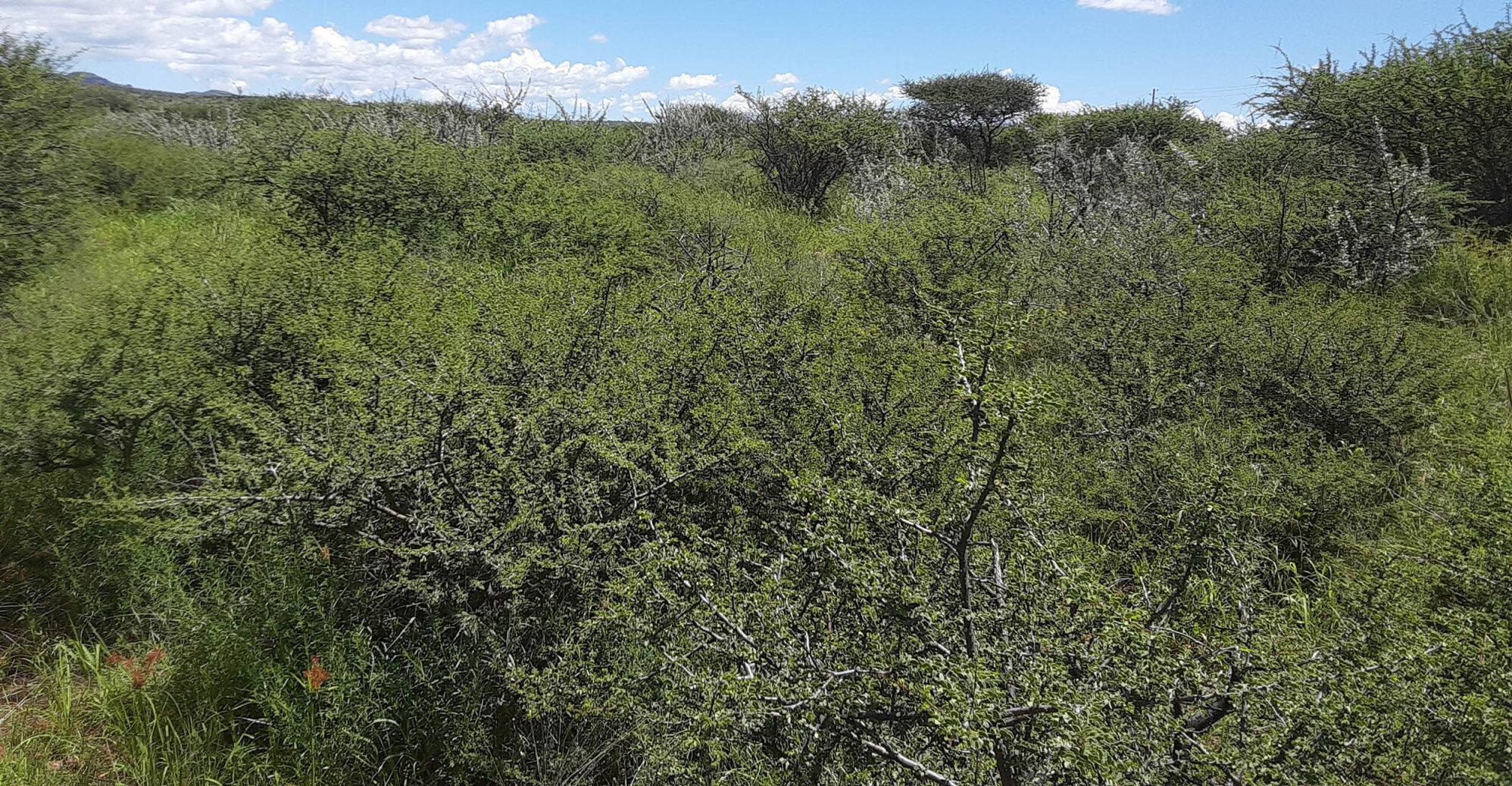An Oklahoma State University researcher recently traveled to Namibia, located in southwest Africa, to establish a relationship with the University of Namibia in hopes of combating one of the world’s most problematic parasites.
“I’ve wanted to get back to Namibia ever since I arrived here,” said Bruce Noden, OSU associate professor of medical and veterinary entomology, who worked at the Polytechnic of Namibia (now the Namibia University of Science and Technology) from 2010 to 2013.
In Oklahoma, Noden has studied the encroachment of eastern red cedar and the tendency of ticks to live underneath the invasive tree species. In the dry climate of western Oklahoma, ticks prefer the humid climate under eastern red cedars.
Namibia faces a similar tick problem with the invasive plant species of thorn bushes and trees.
“The eastern red cedar is providing a habitat that ticks would not normally have in the dry climate, so our question was if it’s happening here with this tree, what’s happening in parts of Africa experiencing woody plant encroachment?” said Noden, who traveled to Namibia for six weeks in January and February through the Department of State’s Fulbright Specialist Program, which allows short-term trips for creating collaborative relationships, teaching courses or helping institutions establish curriculum.
Noden said the goals of his trip were to establish a relationship with Dr. Simbarashe Chitanga, associate professor of veterinary parasitology at the University of Namibia, and to renew old contacts in the country to get a feel for its current research climate. Chitanga previously reached out to him about his tick research, and the two researchers discussed collaboration.
“A good amount of the time was spent getting to know each other, going out and looking for ticks in the vegetation, pulling ticks off of cattle, identifying ticks, providing feedback on some of their research proposals, and updating my records on what has been found in southern Africa regarding ticks,” Noden said. “In general, we were trying to develop an ecological framework, so if I go back there to work on this issue, we know what is already known and what still needs to be done.”
Noden is concerned about Africa’s tick problem because of the human and animal diseases that can result from pathogens in the ticks.
“A lot of these encroached areas in Africa are where high amounts of free-range, hormone-free beef is being raised for export to the U.S. and Europe, and there are some significant pathogens in their ticks,” he said. “If we can link the ticks with encroached areas, then they can get rid of their encroachment to take care of some of their tick problem. But we don’t know that yet. That’s why we need to be there.”
Noden said he is applying for funding in hopes of returning to Namibia for two to three months next year.
“It is a whole different world than ours, so the question is can we take what we’re learning here and apply it there?” he said. “If I were to return, I would focus on getting preliminary data on what’s happening with thornbush encroached pastures and ticks in Namibia.”


